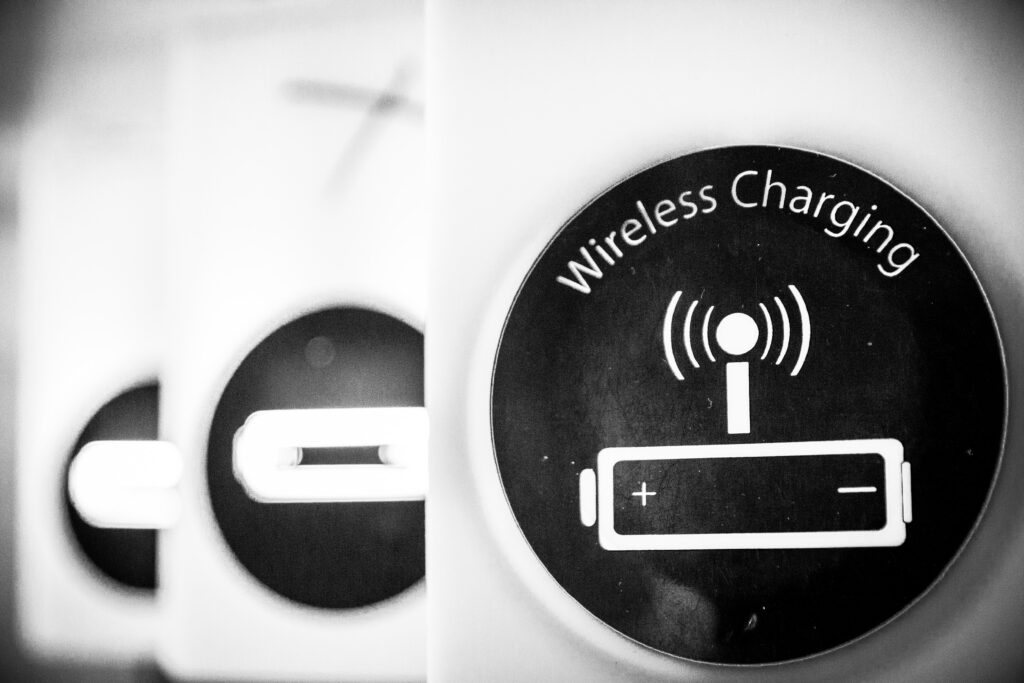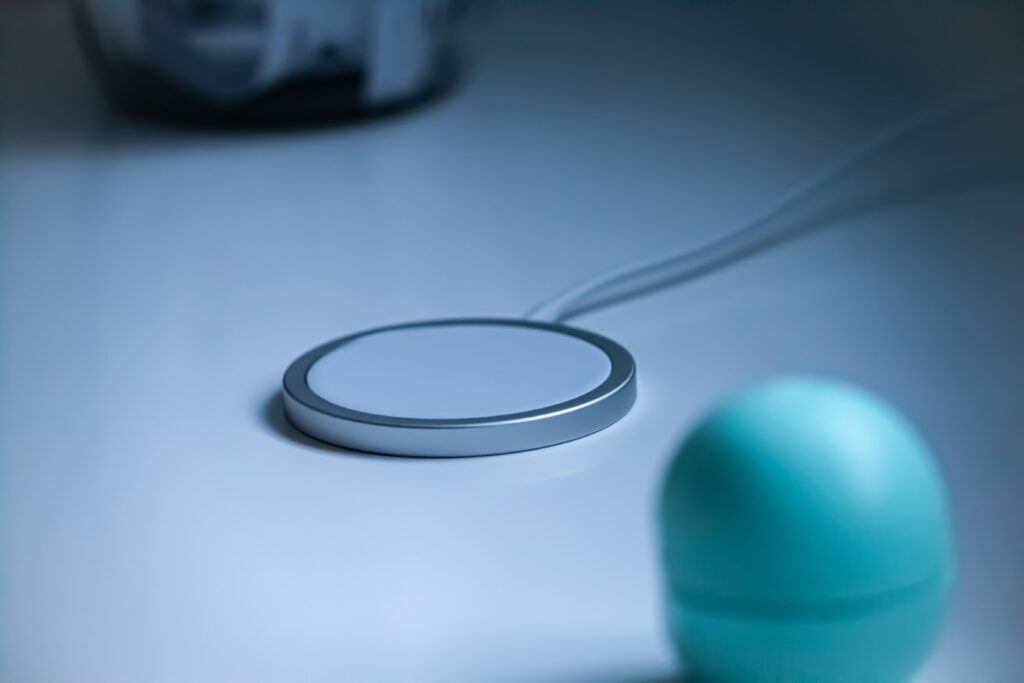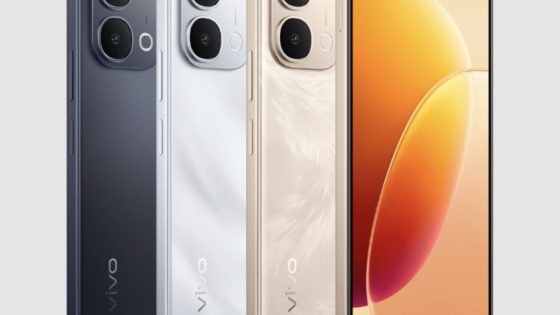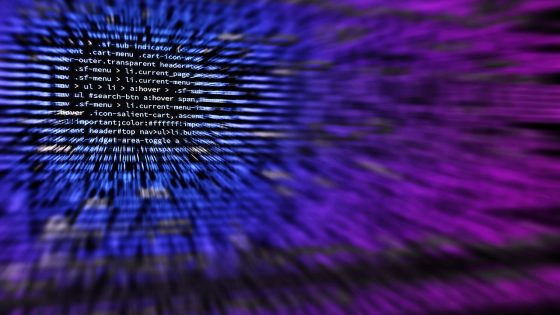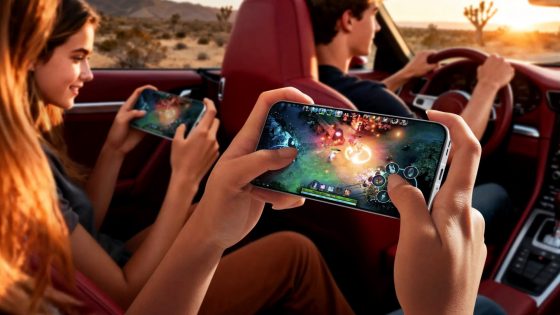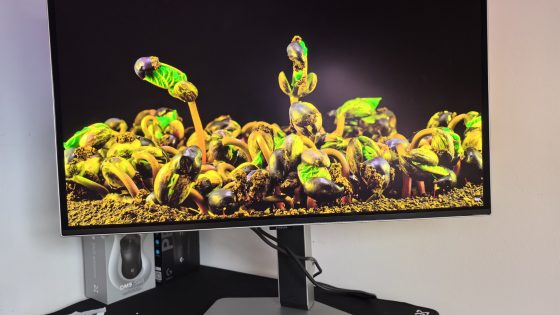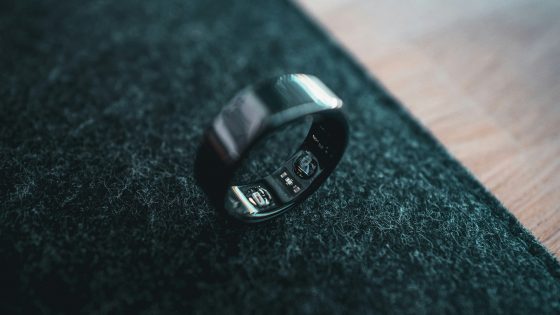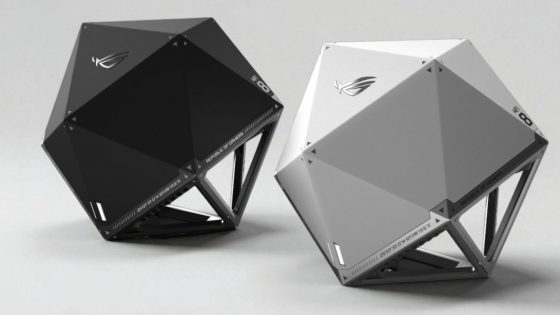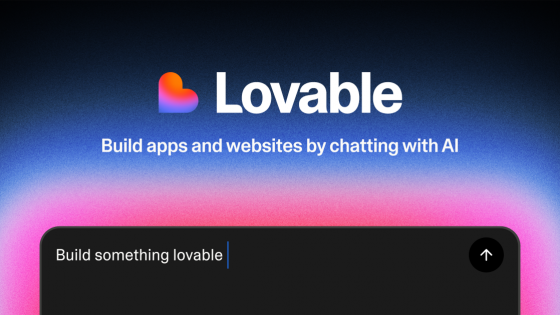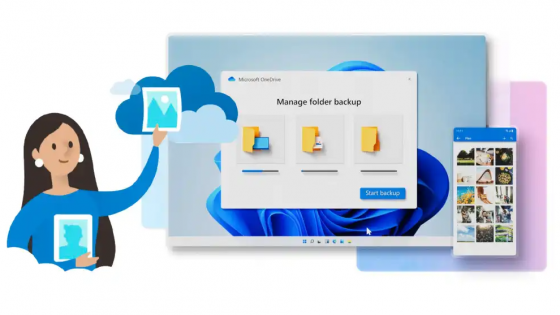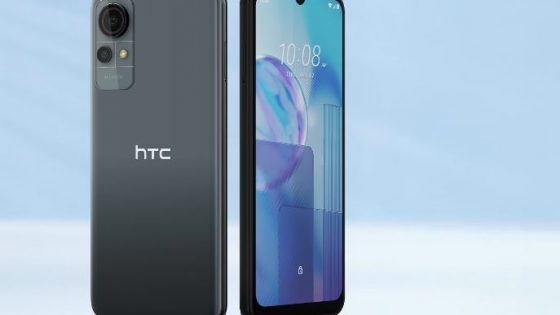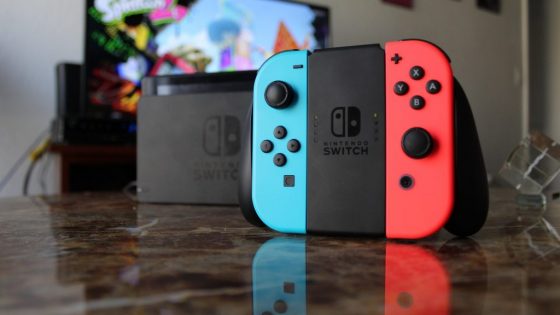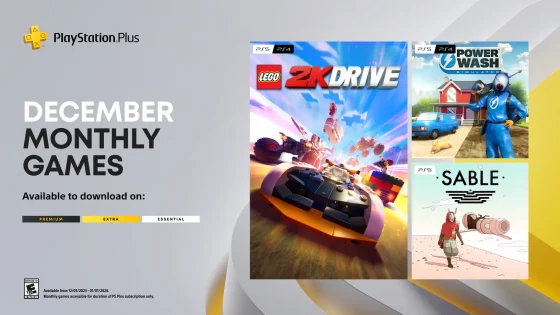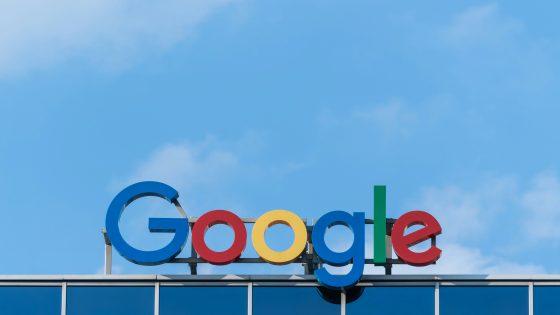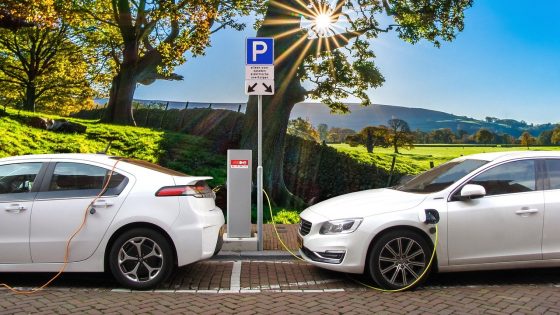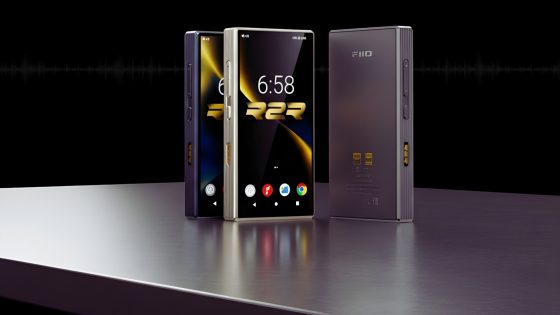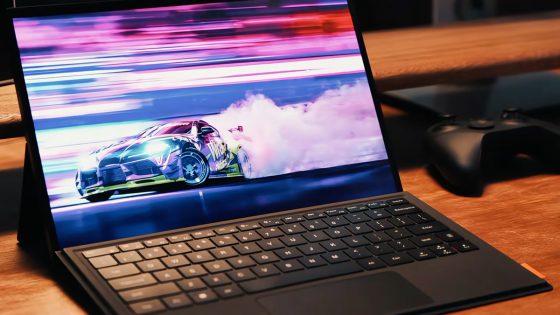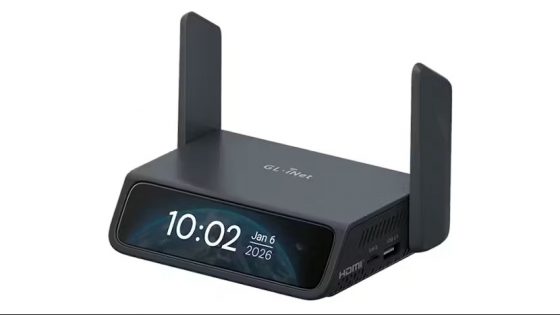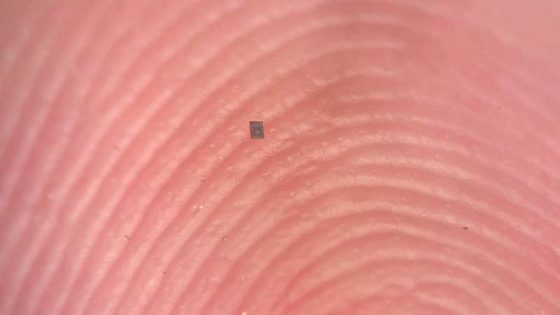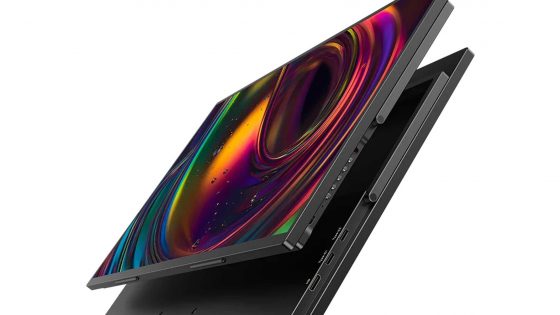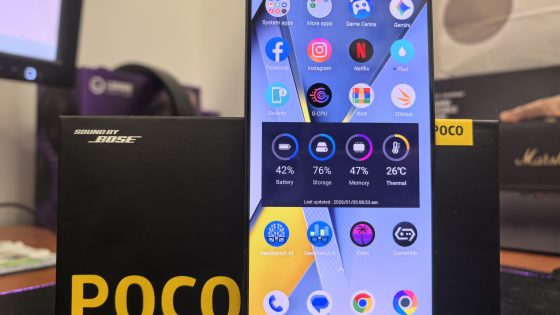Everything you need to know about the new Qi2 wireless charging standard
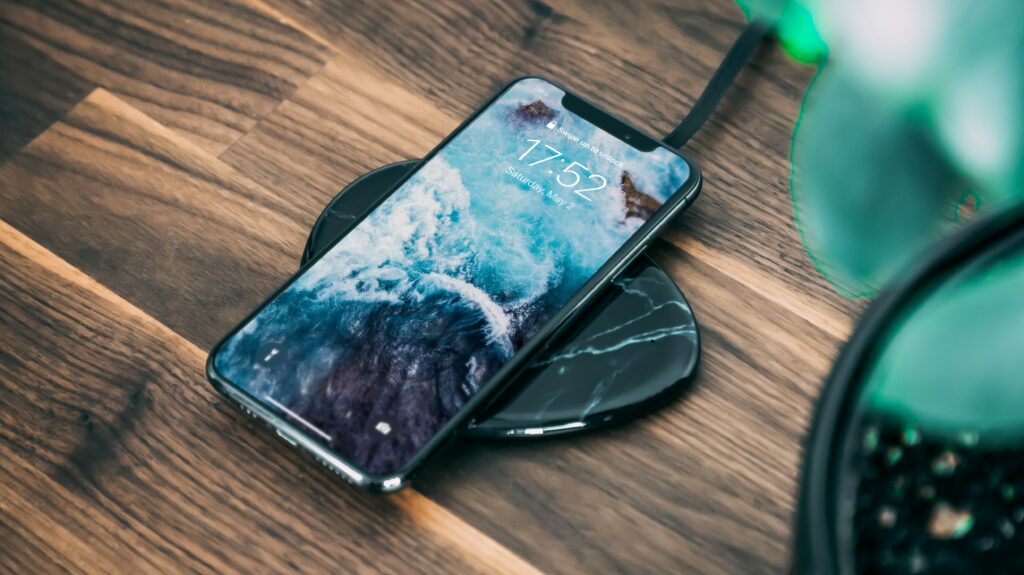
V the beginning of the year the Wireless Power Consortium (WPC) unveiled Qi2, the second major update to the wireless charging standard. It's been a decade since wireless charging hit the smartphone market. With the new Qi2 standard, WPC aims to eliminate the two biggest drawbacks of wireless charging – energy efficiency and convenience.
The new Qi2 wireless standard relied heavily on the help of Apple during development, which contributed to the project to help integrate the iPhone's MagSafe technology. The so-called "Magnetic Power Profile" opens wide the door to a whole new ecosystem of devices/accessories that can be attached to a charged device. But that's not all.
What is the Qi2 wireless standard?
The aforementioned magnets are the most notable upgrade over the existing Qi standard. And the ring of magnets wasn't added just to make charging more convenient. Instead, it also ensures that your smartphone is properly aligned with the charger. To understand why this is so important, it may be worth considering how wireless charging works in the first place.
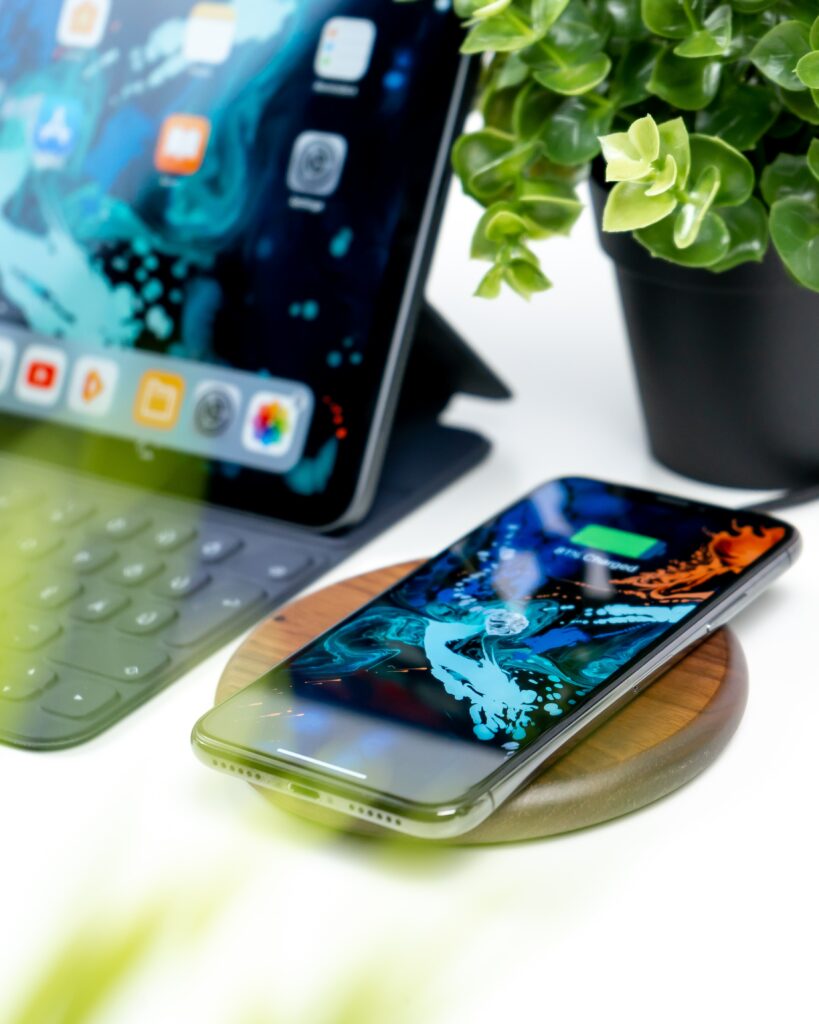
Very briefly and simply, wireless charging is based on the law of electromagnetic induction. Inside every single wireless charger, you'll find a coil of copper wire. When you plug in the charger, the electric current flowing through this coil creates a magnetic field. Phones that support wireless charging also include a coil under the rear plastic or glass casing. And when you place your device on the charging pad, the charger's magnetic field induces an electric current in the phone's coil.
While the idea of wireless charging is simple at first glance, the efficiency of power transfer drops as soon as you increase the distance between the coils. You may have noticed that your phone stops charging quite quickly when you lift it away from the wireless charger, for example. The same concept applies in the horizontal direction. If the coils are not aligned, the charging speed will drop.
The magnets of the Qi2 wireless standard solve this problem by almost perfectly aligning the transmitter and receiver coils. And since the energy lost during wireless charging is usually converted to heat, your device won't heat up as much either. As a result, Qi2 contributes significantly less to the natural degradation of your smartphone's battery health.
The magnetic ring will also ensure the development of new accessories that can be quickly attached to the back of the phone. Apple users are already familiar with this, as they can buy quite a few of this kind that are not intended for charging, such as stands, wallets, fans and the like.
Qi and Qi2, what's the difference?
WPC says the better Qi2 connection will allow for faster wireless charging. The standard will initially be introduced with the existing 15 W limit, but higher power profiles will follow as the standard matures.
Qi2 will open the door to new accessories for phones Newer versions of Qi2 are expected to improve charging speeds as early as 2024
Paul Struhsaker, director of marketing at the WPC consortium, said in an interview with the Android Authority website that the updated version of Qi2.1 will bring fast wireless charging sometime in mid-2024. By then, the consortium also wants to add support for smartwatches and tablets. Initially, however, Qi2 will only be for phones and wireless headphones. You can read the entire interview here.
Qi2 is also a much stricter standard. Manufacturers will have to go through a certification process and only verified products will carry the logo of the standard. This will ensure that counterfeit or unsafe products do not end up on the windows of major stores such as Amazon. In general, the WPC is committed to being strict in enforcing their standards as they do not want to tarnish the Qi brand.
Finally, the Qi2 standard will require authentication, which is not the same as a certification process. Simply put, devices can refuse to draw power from inappropriate chargers that do not follow Qi2 protocols. You'll still be able to find wireless chargers from well-known manufacturers like Belkin and Anker, but the no-name chargers you can find from Chinese sellers probably won't work.
When will it be available for use?
The WPC has not yet finalized the Qi2 standard. They hope to finalize the specifications in the coming months. It also expects Qi2-enabled devices to hit the market in time for the 2023 holiday season.
The WPC has nearly 400 members, including most of the biggest smartphone manufacturers, so the new standard should become widely available in 2024. This means that virtually all smartphones will continue to use first-generation Qi wireless charging in 2023.
At CES 2023, another promising charging technology was presented wireless charging from the other end of the room.
Photographs: Unsplash



